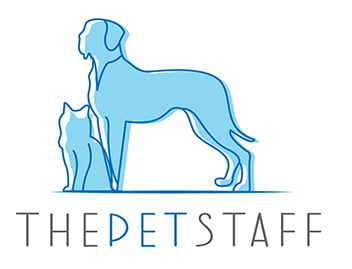The Alaskan Malamute is a strong and noble sled dog, celebrated for its stamina, power, and affectionate temperament. Initially developed to haul heavy loads across icy terrain, this smart and spirited breed is known for its loyalty and vibrant character. Whether you're considering an Alaskan Malamute puppy or simply want to learn more about this incredible breed, this guide covers Alaskan Malamute history, temperament, care needs, and more. Let’s dive into what makes the Alaskan Malamute such a remarkable companion!
Breed Characteristics
Temperament | Friendly, loyal, playful |
Intelligence | Moderate |
Affection/Friendliness | Very affectionate with family |
Trainability | moderate |
Mental Stimulation | High – sled pulling, puzzle toys, obedience |
Exercise Needs | High – long walks, running, hiking, pulling carts |
Apartment Living | Not suitable |
Family Friendly | Yes, with active families |
Pet Friendly | Moderate, may chase smaller pets |
Drooling Level | low |
Energy Level | high |
Loneliness Tolerance | low |
Adaptability | moderate |
Tendency to bark | Low (more likely to howl) |
Origin
Originating from Northwestern Alaska, the Alaskan Malamute is among the most ancient of sled dog breeds. Named after the native Mahlemut tribe, these arctic sled dogs were essential for survival, helping with hunting, scaring polar bears, and transporting supplies. Their role expanded during the Gold Rush of 1896, where they proved invaluable for hauling freight.
Recognized by the American Kennel Club (AKC) in 1935, the Alaskan Malamute breed was categorized as a working dog. While they share similarities with the Siberian Husky and Greenland Dog, Malamutes are larger and stronger, built for endurance rather than speed. During World War II, they also served in search and rescue operations. Today, purebred Alaskan Malamutes remain popular in dog sledding, weight-pulling competitions, and as family pets.
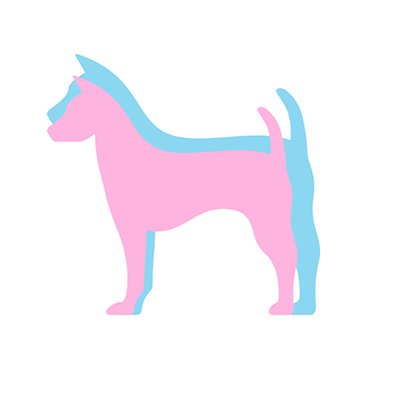
Breed Overview
Height: 25"
Weight: 85 lbs
Height: 23"
Weight: 75 lbs
Breed Group
Working
Life Span
10-14 years
Coat
Thick double coat
Coat Length
Long
Hypoallergenic
No
Shedding Level
High
Size
Alaskan Malamutes are large dogs. Male Alaskan Malamutes typically measure around 25 inches in height and weigh between 85 pounds, while females are slightly smaller, standing 23 inches tall and weighing 75 pounds. Their muscular build reflects their history as pack animals bred for pulling heavy sleds.
Personality
Alaskan Malamutes are highly intelligent, independent, and energetic. These dogs have a fairly high energy level and need regular, vigorous exercise to stay healthy and happy. While not excessive barkers, they are vocal and may "talk" with howls and grumbles. Known for their friendly and outgoing nature, they are not particularly protective, which makes them ineffective as guard dogs. Their confidence and independence can sometimes translate to stubbornness. They have low anxiety if properly exercised, but may develop destructive habits if bored. While aggression is uncommon, their strong prey instinct can lead them to chase smaller animals.
Temperament
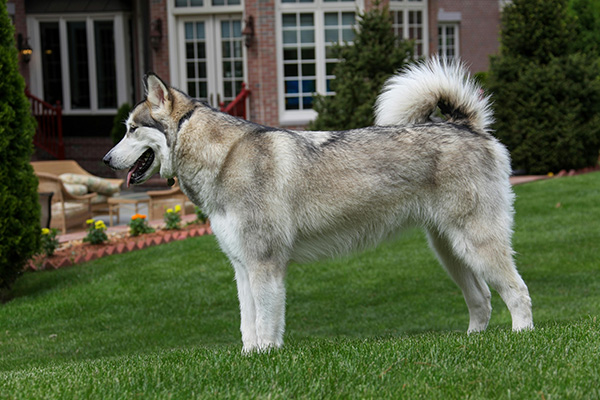
The Alaskan Malamute is known for its affectionate and loyal nature. As pack dogs, they thrive on companionship and tend to be very friendly toward people, including strangers and children. Malamutes are typically gentle and tolerant with children, often developing close connections with their families. However, because of their size and high energy, it's best to supervise interactions with young kids to avoid accidental bumps or overly rough play.
When it comes to other pets, Alaskan Malamutes can be social, especially if raised with them from an early age. That said, they may show dominance or same-sex aggression if not properly trained and socialized. Their high prey drive also means they may not be the best match for homes with cats or smaller pets, though early socialization can help reduce this instinct.
Malamutes are not typically aggressive but can be independent and strong-willed, which requires a confident, experienced owner to guide their behavior. With the right training and early social exposure, they can be well-mannered companions who get along with most people and animals.
Diet/ Nutritional Needs
Being active dogs, Alaskan Malamutes require a nutritious diet that is high in protein and fat. A diet formulated for large dogs helps maintain muscle and joint health. Portion control can help prevent obesity—aim for 4-5 cups daily, divided into meals. Some owners opt for raw diets, but consult a vet first.
Activity/ Exercise
Alaskan Malamutes are high-energy dogs that thrive on intense physical activity. To maintain their health and mental well-being, they generally require 1 to 2 hours of intense daily exercise. Ideal outlets include dog sledding, weight pulling, hiking, long walks, and advanced obedience trials—activities that tap into their working-dog instincts. Malamutes can become bored and destructive without enough stimulation, often resorting to digging, howling, or attempting to escape.
Alaskan Malamutes have a natural tendency to roam and possess a strong prey instinct, making a spacious, well-secured yard necessary. Originally bred for hauling heavy loads over vast distances, they thrive on endurance exercises. Providing mental challenges, such as puzzle toys or training sessions, is also important to keep them well-behaved. A tired Malamute is a happy Malamute, so active owners who enjoy the outdoors will find the perfect adventure companion in this powerful and independent breed.
Appearance/ Colors
With their thick double coat, erect Alaskan Malamute’s ears, and plumed tail, they’re unmistakable. Common colors include gray, black, sable, and red, often with white markings. Their dense fur keeps them insulated in cold weather but makes it difficult for them to handle hot conditions.
Grooming Needs
Their double coat sheds heavily, especially in spring/fall. Regular brushing once a week is important, with daily grooming needed during shedding season. Shaving should be avoided, as their coat helps regulate their body temperature. Regular care for Alaskan Malamutes’ nails, ears, and teeth keeps them healthy.
Adaptability
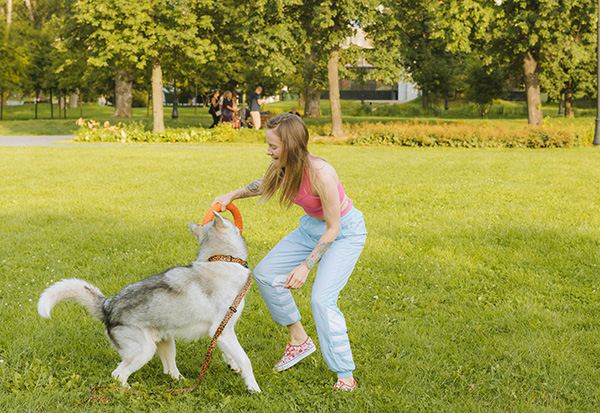
Alaskan Malamutes are built for cold climates and can overheat easily in warm or humid weather. Because of their size, energetic nature, and need for room to move, they aren’t well-suited for apartment living. A house with a large, securely fenced yard is the ideal environment. Daily physical activity and mental engagement are crucial for their happiness and good behavior; without these, they can become bored and develop unwanted habits. While loyal and affectionate, they thrive in environments where they can stay active and cool, making them better suited for experienced owners with the right setup and climate.
Trainability
The Alaskan Malamute is among the most intelligent dogs of the oldest sled dog breeds, but their independent Alaskan Malamute personality makes them stubborn trainees. Originally bred as pack animals for pulling heavy sleds in Northwestern Alaska, these arctic sled dogs respond best to positive reinforcement methods. Harsh training techniques often backfire with this breed. Early obedience training and socialization are crucial, especially around other dogs and smaller animals. Keep sessions short and engaging—Alaskan Malamutes typically lose interest in repetitive tasks. Their intelligence shines in dog sports like weight pulling competitions and competitive sledding, but they may ignore commands if not properly motivated. Due to these factors, the Alaskan Malamute may not be the best choice for those new to dog ownership.
Life Expectancy
Alaskan Malamutes are among the hardiest Eskimo dogs. They typically live 10-14 years and depend on proper care, such as high-quality dog food, vigorous exercise, and regular vet check-ups.
Cost
Purchasing a purebred Alaskan Malamute puppy from a responsible breeder costs $1,500–$3,000, depending on lineage and breeding stock quality. The American Kennel Club recommends vetting breeders who test for genetic issues like hip joint problems. Adoption through rescues averages $200–$600, which is great for those wanting to give these beautiful dogs a second home. Remember, this large breed requires ongoing expenses: daily exercise equipment, obedience trials fees, and premium care for their thick coats. Whether for dog sledding or companionship, ensure you budget for their needs as energetic dogs bred for cold temperatures and mental and physical stimulation.
Potential Health Issues
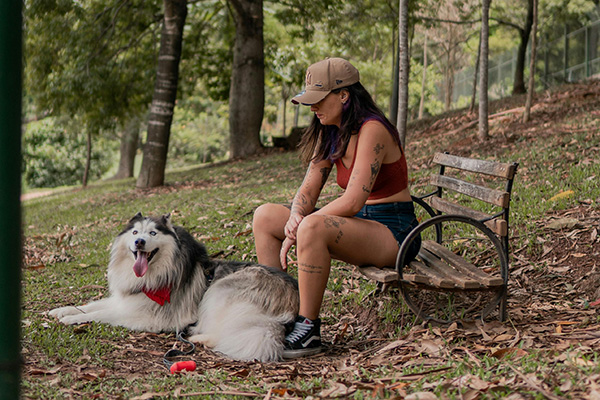
While Alaskan Malamutes are generally healthy dogs with a strong constitution due to their history as Arctic sled dogs, potential owners should be aware of several health conditions. Among the oldest sled dog breeds, the Alaskan Malamute was originally bred by the Mahlemut tribe in Northwestern Alaska for stamina in extreme environments. Despite their strength, their size and genetic background can make them susceptible to specific health concerns.
Joint and Bone Conditions
Being large dogs built for pulling heavy sleds, Alaskan Malamutes are particularly susceptible to orthopedic problems. One of the breed’s most frequent health issues is hip dysplasia, which involves an abnormal development of the hip joint. Similarly, elbow dysplasia can affect these active dogs, potentially causing lameness or arthritis. Responsible breeders affiliated with the Alaskan Malamute Club will screen their breeding stock for these conditions through OFA or PennHIP certifications.
Eye Health Issues
The Alaskan Malamute’s expressive eyes may be susceptible to specific eye conditions. Cataracts may develop as the dog ages, potentially impairing vision. Though less common, progressive retinal atrophy (PRA) is another concern that responsible breeders test for. Routine veterinary eye check-ups are important for the early detection and management of these issues.
Endocrine and Metabolic Disorders
Hypothyroidism occurs relatively frequently in this breed, affecting metabolism and potentially leading to weight gain, skin problems, and lethargy. Another serious concern is bloat (gastric dilatation-volvulus), a life-threatening emergency common in deep-chested breeds like Malamutes. Offering smaller, more frequent meals and steering clear of intense exercise near mealtimes can help lower this risk.
